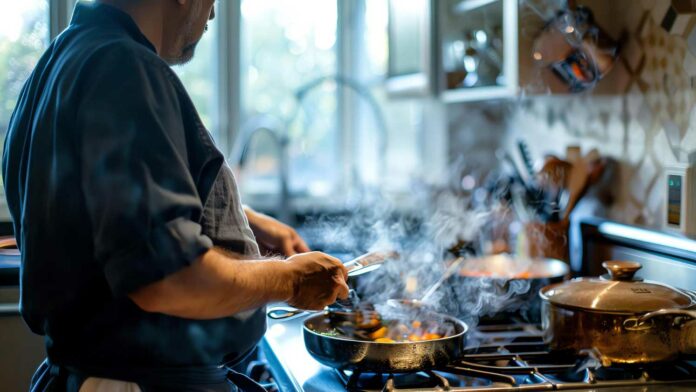Brown carbon, released when food is cooked, can produce oxidants when it absorbs light. Additionally, chronic disorders in chefs have been connected to exposure to cooking emissions. Although there are numerous light sources in contemporary kitchens, it was once believed that there wasn’t enough light indoors to support much reactive chemistry.
Researchers at UBC hypothesized that singlet oxygen might be found indoors, where it had never been seen before, if all the conditions were met, especially cooking in a bright environment. They investigated by preparing pancakes, stir-fried vegetables, and Brussels sprouts for breakfast, lunch, and supper. They also sampled the air and exposed it to UV, sunshine, and fluorescent light.
This feast cooked up by scientists revealed singlet oxygen indoors for the first time. They found singlet oxygen at almost the same concentration for all three dishes. However, sunlight studies had the highest concentration, indicating that naturally lit kitchens are probably exposed to more of this oxidant.
Senior author Dr. Nadine Borduas-Dedekind, UBC chemistry assistant professor, said, “Our next steps include determining just how this oxidant might affect humans and how much we’re breathing in when we cook. Could it play a role in some cooking-related diseases?”
Journal Reference:
- Nadine Borduas-Dedekind, Keighan J. Gemmell et al. Singlet oxygen is produced from brown carbon-containing cooking organic aerosols (BrCOA) under indoor lighting. Environmental Science: Atmosphereszser. DOI: 10.1039/D3EA00167A
